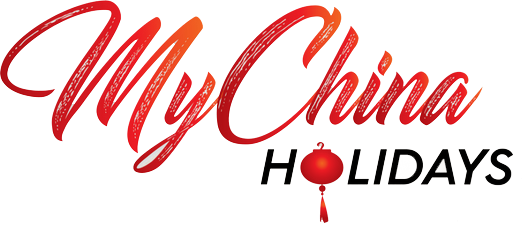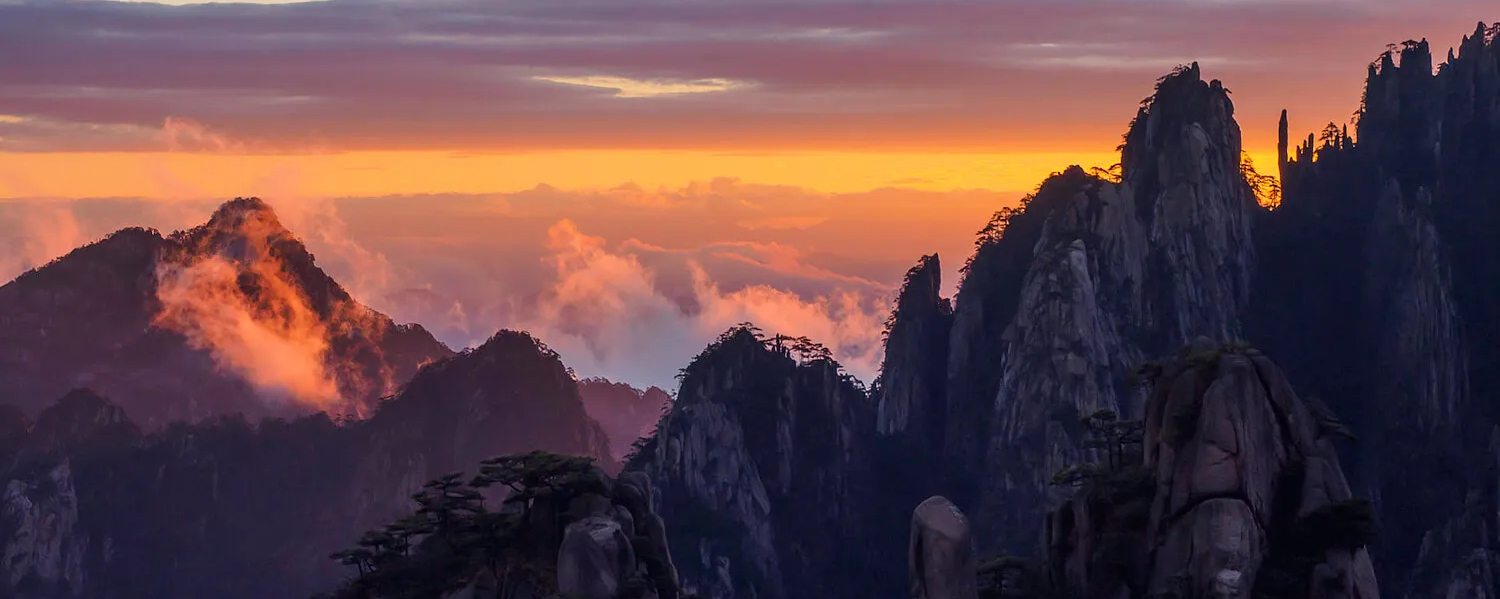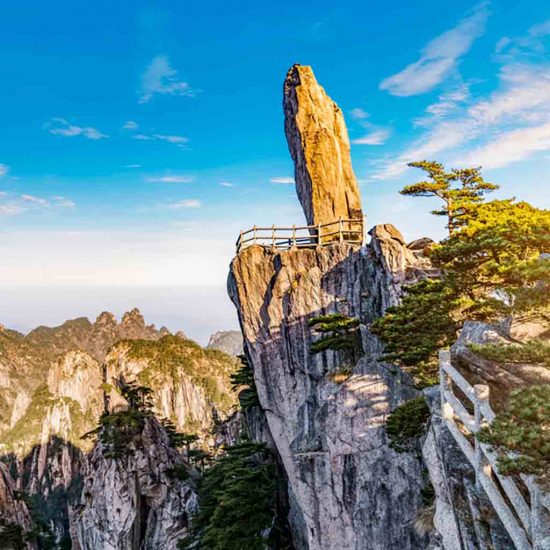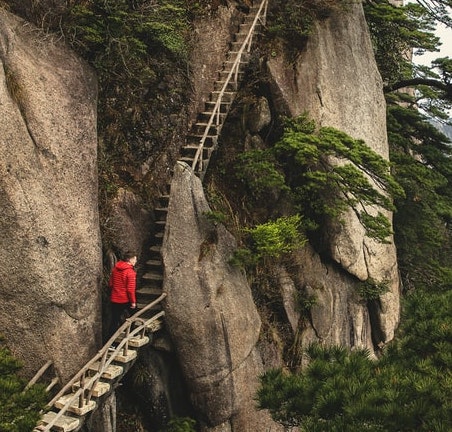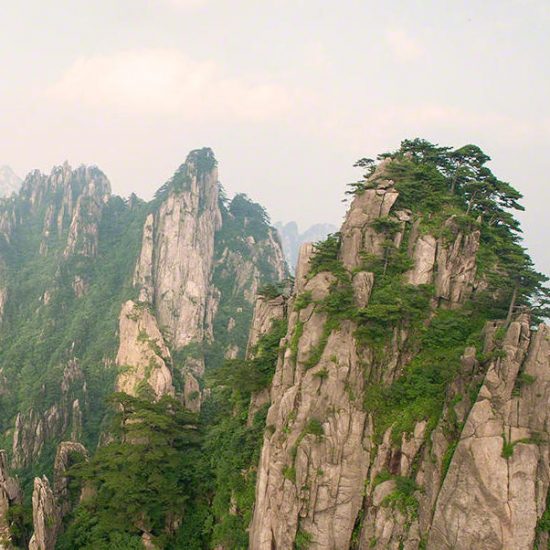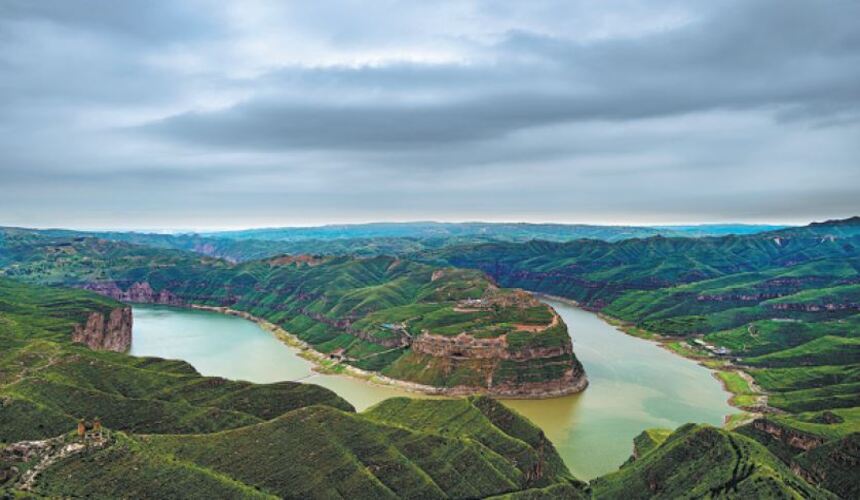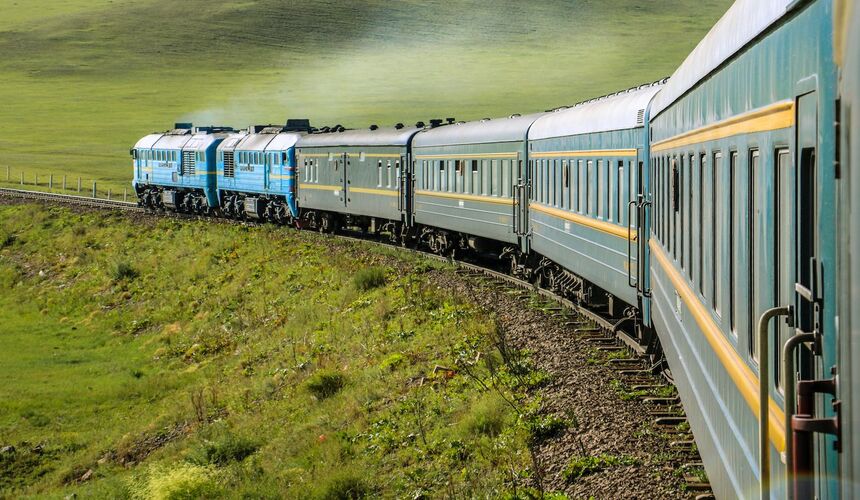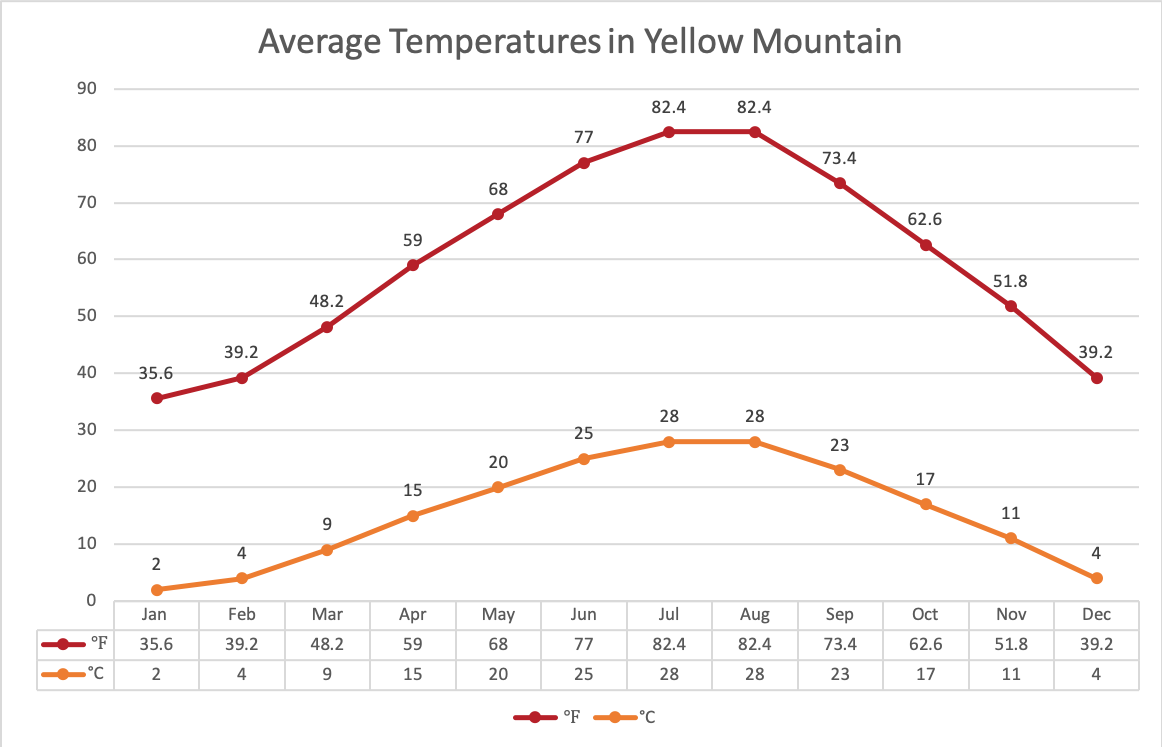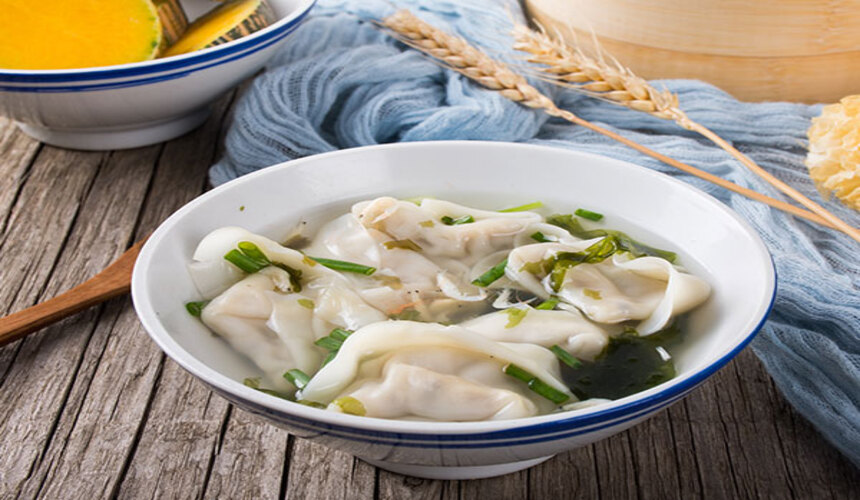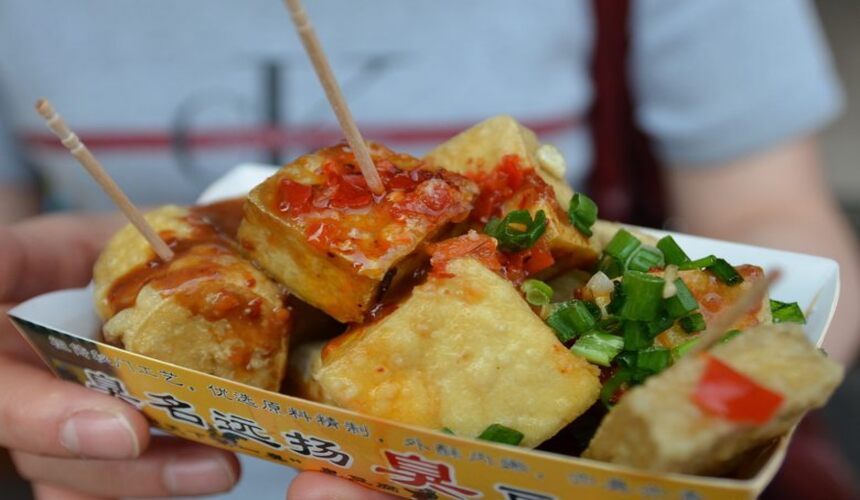The natural museum Of China
Enter into the most scenic mountains in China, The Huangshan Mountain known as the Yellow Mountain. Tourists all over the world have admired this beautiful city for hundreds of years due to its surrounding breathtaking mountains. Charming sunsets, giant granite peaks, magnificent pine trees and sea of clouds are the most talked about subjects among photographers, poets, painters and visitors up-to-date. To make the most out of your time and money, do stop by the Turtle Peak, Flying Rock, and Begin-to-Believe Peak. Huangshan Mountain is the exact world wonder (designated by UNESCO in 1990) to look out for, if you ever want to return to nature from the busy city life.
Huangshan City, located in the northern subtropical region of Anhui province, enjoys a humid monsoon climate with mild temperatures averaging around 16.4°C annually, making it a comfortable year-round destination. Huangshan City receives an average annual precipitation of approximately 1670 mm, with the rainy season occurring from May to August. Due to its four distinct seasons, Huangshan City is a popular destination that can be visited year-round.
The weather varies along the vertical height of the steep mountain and deep valley. Generally, the weather in Mount Huangshan is moderate and humid, with an average temperature of around 10°C throughout the year. At high altitudes, Huangshan Mountain experiences later arrival of spring, summer, and autumn compared to the plain areas, but winter arrives earlier. Summer typically begins in July across the entire mountain range. As altitude increases, sites such as Brightness Summit, Yuping Scenic Area, and Beihai Scenic Area experience longer periods of cold weather. The weather is characterized by abundant cloud and fog with high humidity.

Yellow Mountain
Yellow Mountain is considered one of China's top 10 scenic spots, especially when its granite peaks and twisted pines are wreathed in spectral folds of mist. The summit boasts a vast network of connecting trails and walks that meander up, down, and across several sublime peaks. Many visitors choose to spend several nights on the peak, and catching the first rays of sunrise from the North Sea is a highlight for those overnighting.
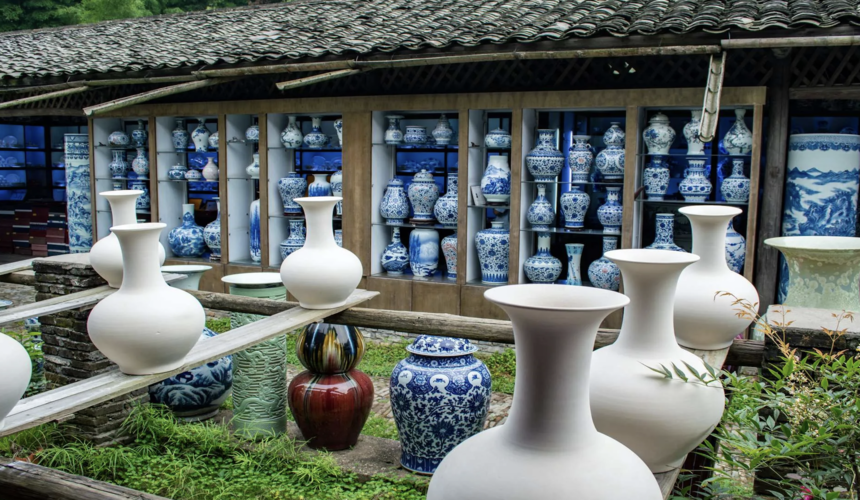
Jingdezhen
Jingdezhen is a name synonymous with ``porcelain city``. At the imperial kilns at Jingdezhen, Jiangxi province, kaolin clay was added to porcelain stone which was more glassy. Wares were fired in reduction, producing a special bluish tinge. Normally, you can spend 2 to 3 days in Jingdezhen. Learn some basic knowledge about Chinese porcelain in downtown before heading to the nearby ancient town for a deeper understanding of the porcelain progress made by local people.
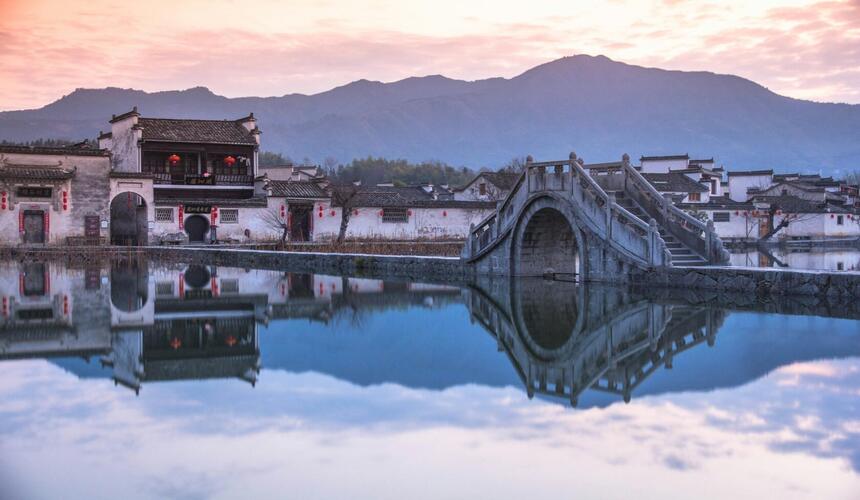
Xidi Village
Xidi Village is close to Hongcun Village, so if time allows you can visit both of them. When you visit the village you will feel like walk into a maze due to its high walls and alleys. There are over 200 ancient residences of the Ming and Qing Dynasties with important ancestral halls and gardens that await your exploration. Especially in spring the rape flowers dot around the village which make it more lively and picturesque.
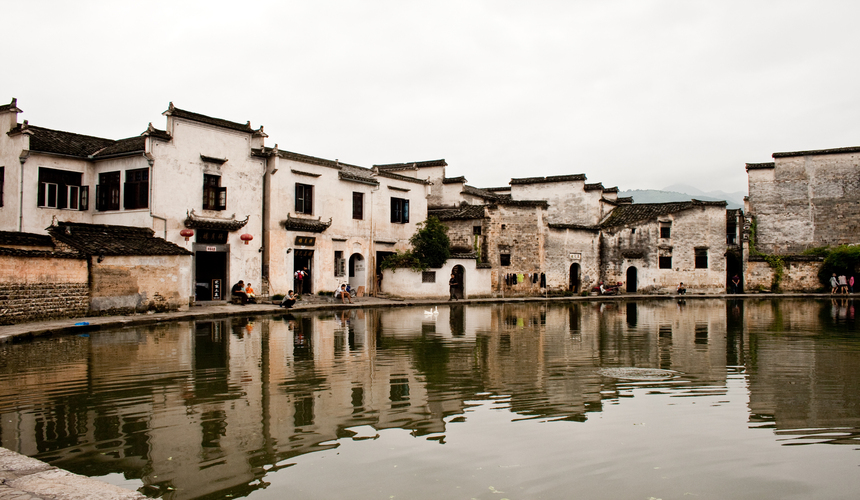
Hongcun Village
This is one of the most famous ancient villages that you might have seen in Ang Lee's movie ``Crouching Tiger, Hidden Dragon``. Hongcun has a well-developed water system to lead water to flow throughout the whole village. Also, surrounded by mountains with white walls and gray tiles, it makes the best place for taking some amazing pictures or enjoy a leisure walk.
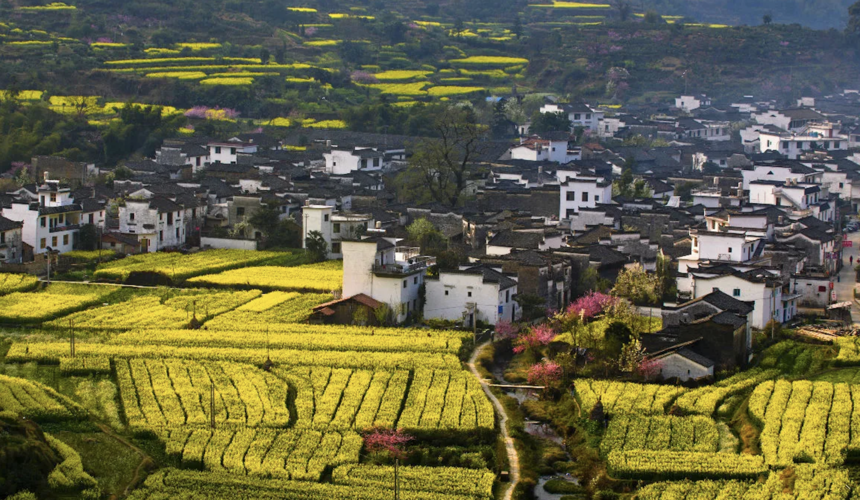
Wuyuan
Huangling, a village in Wuyuan that is often overlooked, provides a semi-rural Chinese lifestyle. It is known as the ``most beautiful countryside in China`` and was founded during the Tang Dynasty (618-907), with a history that dates back over a thousand years. Due to its remote location, Wuyuan has maintained its natural environment, traditional way of life, ancient traditions, and typical Hui-style architecture for decades. In autumn you can observe birdlife and fields covered in red trees.
Hui dishes originate from Huangshan and are one of China’s eight major cooking styles. Agrestal cooking materials are preferred, and the duration and degree of cooking are carefully controlled to ensure the desired taste and flavour. Some of the most renowned Hui dishes include fried hair-tofu on an iron plate, strong-smelling pickled mandarin fish, steamed chukars, stewed chukars with edible manna lichen, stewed winter bamboo shoots with ham, and Jixi fried rice-flour noodles. For those who want to experience the overall taste of Hui cuisine in Tunxi district, both hotels and characteristic restaurants are a good choice. Some examples include Lao Jie Yi Lou, Lin Jiang Yi Lou, Mei Shi Ren Jia, Zhong Fast Food, and Hui Yu Restaurant.
Must-try: Tunxi mini flat baked cakes, Anhui-flavored wontons, fried strong-smelling tofu.
Air
Huangshan Tunxi International Airport serves mainly tourists visiting Yellow Mountain. Flying is the most convenient way to reach downtown Huangshan City, which is approximately 60km south of Yellow Mountain. There are over 20 domestic airlines and 5 international and regional routes available for visitors to Yellow Mountain. You can start your journey to Huangshan from popular tourist cities in mainland China such as Beijing, Xian, Chengdu, Guangzhou, and Chongqing. Alternatively, you can depart from Hong Kong, Taipei, South Korea, or Singapore. If you are flying from China, it will take approximately 2 hours from Beijing, Xian, Chengdu, Guangzhou, and Chongqing, and about 1 hour from Shanghai. International travellers will need around 2 hours from Taipei, at least 5 hours from Hong Kong, and half a day from other connected cities in Asia to reach Huangshan City.
Train
Many major tourist cities in China have daily high-speed bullet trains to Huangshan City, including Beijing, Shanghai, Xian, Hangzhou, and Guangzhou. Most journey times are within half a day. Upon arrival, Shuttle Buses are available to transport you from the train station to Yellow Mountain. There are over 50 daily trains departing to Huangshan City from major cities such as Beijing, Shanghai, Xian, Hangzhou, and Guangzhou. The majority of these trains are high-speed bullet trains, with only a few being overnight trains.
